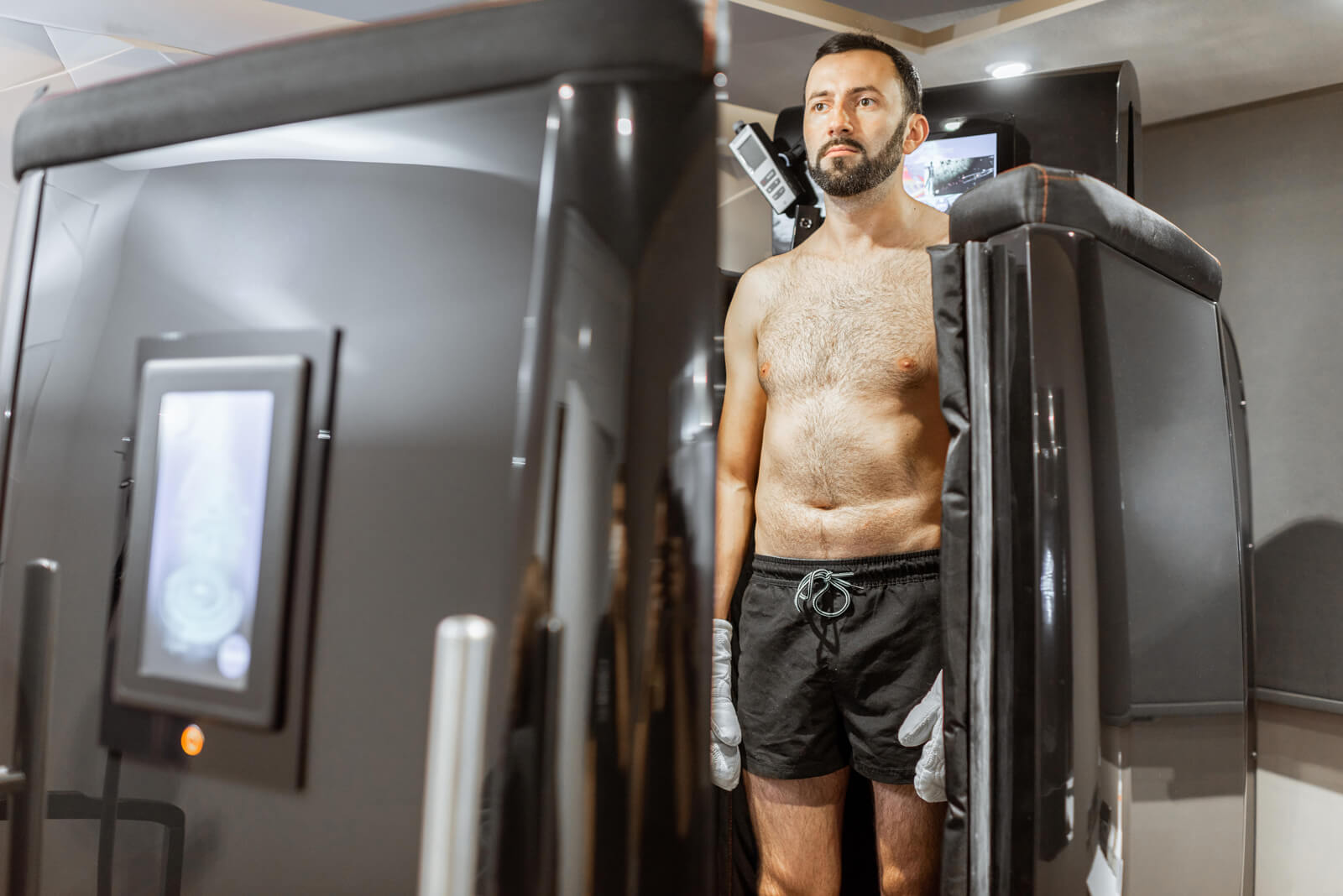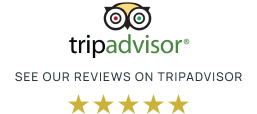Employee health and happiness is essential for a smooth-functioning business. Rounding up your employees and stealing away for a weekend or a week at a corporate wellness retreat can revive flagging passion, deepen co-worker bonds, and stimulate new ideas. There are many types of corporate wellness retreats to choose from and selecting the right one for your company can be overwhelming. However, it’s important to carefully select the right type of retreat for your staff to ensure that the experience is enjoyable and beneficial for everyone.
Fortunately, with a little bit of planning and by asking the right questions from the start, you can design a retreat that will make a positive, lasting impression on your staff.
Step 1: Clarify your goals
Determine what your goals are for the retreat. They can be group goals or individual-focused, or they can be general company objectives. When you have a sense of exactly what you hope to accomplish from your corporate wellness retreat, you are better prepared to evaluate the various types of retreats. Write down your goals so they are top of mind when consulting with retreat services, so your questions are always on-topic. Additionally, sharing your goals can help the retreat’s staff tailor activities and workshops that are most appropriate for your team.
Step 2: Determine the environment you want to be surrounded by and the length of time you want to spend
Mountains, beach, desert… all have their advantages and various accompanying activities. Your options might be limited by time or budget, but if you have more than one environment choice, consider your team carefully and which environment they would be most productive in.
The key to a successful corporate wellness retreat is to see changes in ideas and attitudes, so picking the right amount of time to spend one the retreat is important. A weekend might be too short for enthusiastic employees that have a hard time settling down, while a full week might be a little too long for employees who have families or small children at home. Consider the needs of the individuals on your team and use that as an important factor when choosing a wellness retreat for your staff.
Step 3: Do your research
Research the philosophy of the wellness retreat you’re considering. Does it mesh with yours? Do the activities seem to fit with the attitude you maintain in your office? Can you envision the majority of your employees taking advantage of the amenities the retreat has to offer? Corporate retreats can push people to expand their personal horizons so not everyone is going to be fully comfortable with every situation. But you definitely don’t want to send an office full of meek bookkeepers to an extreme, high-endurance outdoor challenge retreat, if you know those types of activities will elicit resistance. Consider the personality types and interests of your staff when planning your retreat.
Step 4: Feel free to customize
Your team and your business goals are unique to your business so you shouldn’t take a cookie-cutter approach to your corporate wellness retreat. Look for a retreat center that will work with you to develop activities and a schedule that fits the personalities and lifestyles of your group. The goal is to end up with well-rested, healthy, inspired teams—not to stress your teams and burn them out.
Corporate wellness retreats have many benefits for individuals and teams alike. By selecting the retreat that is the most fitting for your goals and your staff, you’ll ensure that the time spent will be productive during the retreat and create lasting changes back at the office.






